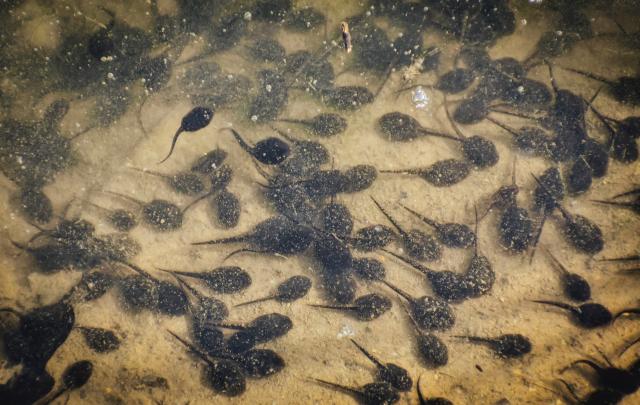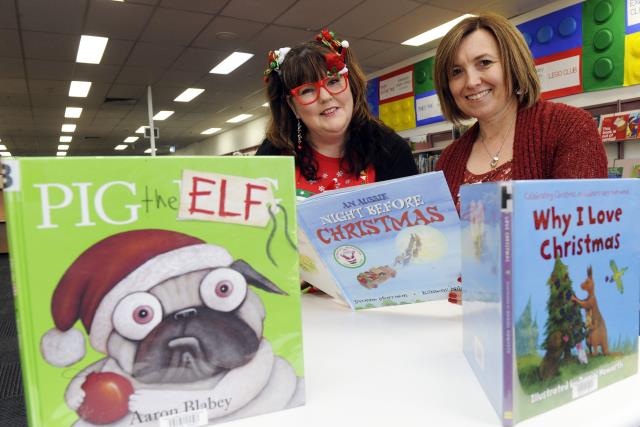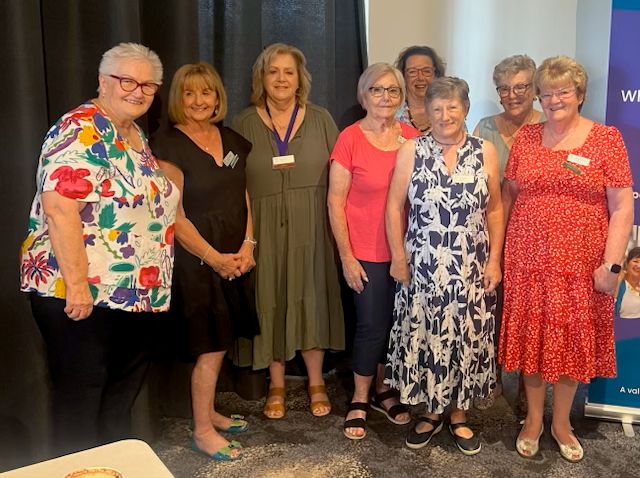A new state-of-the-art facility for protecting Victoria’s rarest frogs, jointly funded by the federal and state governments, was opened at Melbourne Zoo on Saturday.
Federal Environment and Water Minister Tanya Plibersek and Victorian Environment and Climate Action Minister Lily D’Ambrosio officially opened the Amphibian Bushfire Recovery Centre.
The facility will house breeding habitats for the Spotted Tree Frog, Watson’s Tree Frog and the Southern Giant Burrowing Frog, which range from being listed as vulnerable to critically endangered under national environment law.
“Through this world leading facility, we are giving three of Victoria’s rarest frogs a lifeline,” Ms Plibersek said.
“In recent years, our frogs have had an extremely tough time, fighting the impacts of disease and the devastating impacts of the Black Summer bushfires.”
The species have suffered “dramatic” population declines in the world, worsened by the impacts of the 2019-20 Black Summer bushfires, a state government statement said. They are also threatened by a deadly disease, chytrid fungus, affecting frog populations all over the world.
“The Recovery Centre is the first dedicated disease-controlled amphibian facility in Australia,” the government said.
“It will allow long term management of these species through a biologically sealed and temperature-controlled area to protect populations from disease.
“The breeding and research program will increase understanding about the frogs to improve conservation methods, control threats to the species and ultimately allow for their return to their natural habitat.”
After being reared from tadpoles at the zoo, more than 150 Southern Giant Burrowing Frogs have already moved into the centre to start the recovery program.
“These new facilities allow the Zoos Victoria’s amphibian team to expand their vital work to help threatened frog species,” Ms D’Ambrosio said.
“Zoos Victoria is celebrating 160 years of integral conservation work, supported by our record investment in our state’s precious biodiversity.”







